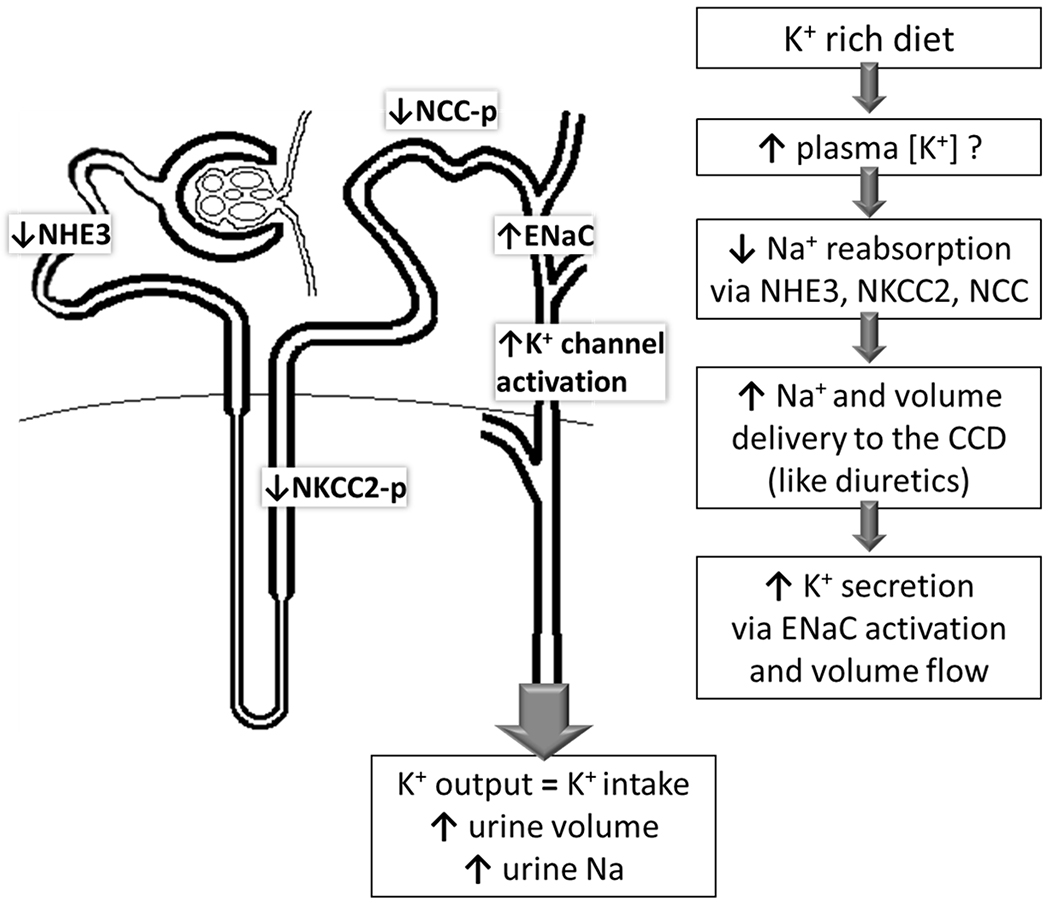Figure 2: Mechanisms of Potassium induced Natriuresis.
Raising dietary potassium reduces sodium transporter activation along the nephron by: reducing proximal tubule (PT) Na/H exchanger isoform 3 (NHE3), reducing phosphorylation (-p, activation marker) of the thick ascending limb (TAL) Na-K-2Cl co transporter (NKCC2) and distal convoluted tubule (DCT) Na-Cl-cotransporter (NCC). Reducing these transporters increases volume flow and sodium delivery to the cortical collecting duct (CCD), as occurs with loop and thiazide diuretics. In CCD, sodium reabsorption via epithelial Na+ channels (ENaC) increases which drives potassium secretion via K+ channels, and higher volume flow activates K+ channels. This potassium provoked natriuresis and diuresis has the potential to reduce effective circulating volume and blood pressure, like thiazide and loop diuretics.

